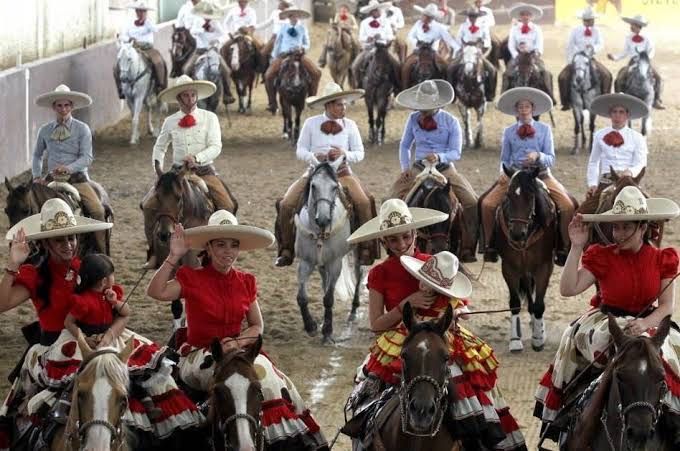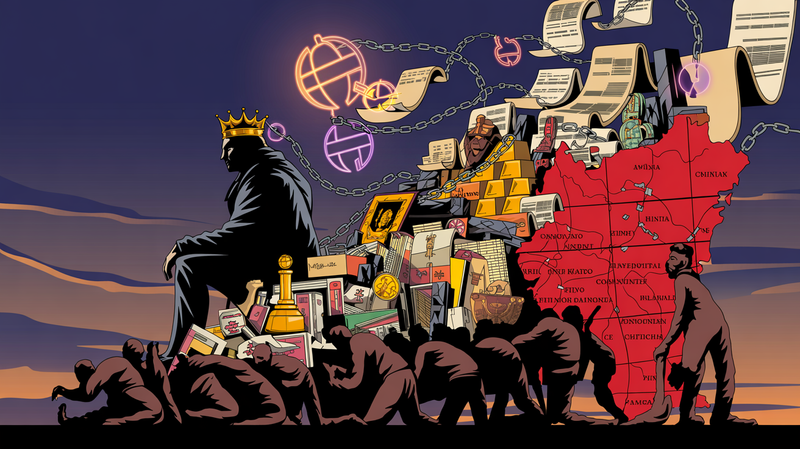Charrería: The Vibrant World of Traditional Mexican Equestrian Excellence
Charrería is a traditional Mexican equestrian sport that has deep cultural roots and historical significance in Mexico. It is often referred to as the national sport of Mexico and showcases the horsemanship, roping skills, and traditions of Mexican cowboys, known as charros. Originating in the 16th century, charrería evolved from

Charrería is a traditional Mexican equestrian sport that has deep cultural roots and historical significance in Mexico. It is often referred to as the national sport of Mexico and showcases the horsemanship, roping skills, and traditions of Mexican cowboys, known as charros.
Originating in the 16th century, charrería evolved from the practices of Spanish conquistadors and Mexican vaqueros (cowboys) who worked on ranches and haciendas. These horsemen developed unique techniques and skills to manage and work with cattle, and charrería emerged as a way to showcase their abilities.
Charrería encompasses various events that test the skills of both horse and rider. One of the most iconic events is the "charreada," which is a competitive event similar to a rodeo. Charreadas are held in special arenas called "lienzos charros," where participants demonstrate their expertise in a series of events.
Here are some key aspects of charrería:
- Escaramuza: This is a women's event where a team of female riders performs intricate maneuvers and patterns on horseback, often wearing traditional dresses called "adelitas."
- Cala de Caballo: In this event, the rider demonstrates the horse's training and responsiveness by performing specific maneuvers such as stops, spins, and lead changes.
- Coleadero: Also known as "steer-tailing," this event involves a rider galloping alongside a bull and attempting to grab its tail to bring it down.
- Jineteo de Toro: Similar to bull riding, this event requires the rider to stay on a bucking bull for a set duration of time.
- Mangana: In this event, the rider attempts to rope a horse's front legs while galloping at full speed.
- Piales: The goal is to rope the hind legs of a running horse, bringing it to a stop.
- Escaramuza: This event involves a team of female riders performing synchronized patterns and maneuvers on horseback.
- Charreada: The charreada consists of several events, including roping, reining, bull riding, and more. The charros showcase their skills in these events, often wearing traditional charro outfits such as tight-fitting suits, sombreros, and elaborate saddles.
Charrería is not just a sport but a cultural expression that reflects the Mexican heritage and way of life. The riders often wear traditional attire, which includes a wide-brimmed sombrero, a fitted jacket, trousers with silver buttons, and boots. The horses used in charrería are typically of Spanish or Criollo breed, known for their strength, agility, and responsiveness.
Charrería plays a significant role in Mexican cultural events, festivals, and celebrations. It is considered a symbol of national identity and heritage, representing the ranching traditions and skills passed down through generations. In 2016, charrería was declared an Intangible Cultural Heritage of Humanity by UNESCO, recognizing its importance and value to Mexican culture.
While charrería has deep historical roots, it has also evolved over time, incorporating modern elements and safety measures. Today, it continues to be celebrated and enjoyed by both participants and spectators, showcasing the rich equestrian traditions of Mexico.




